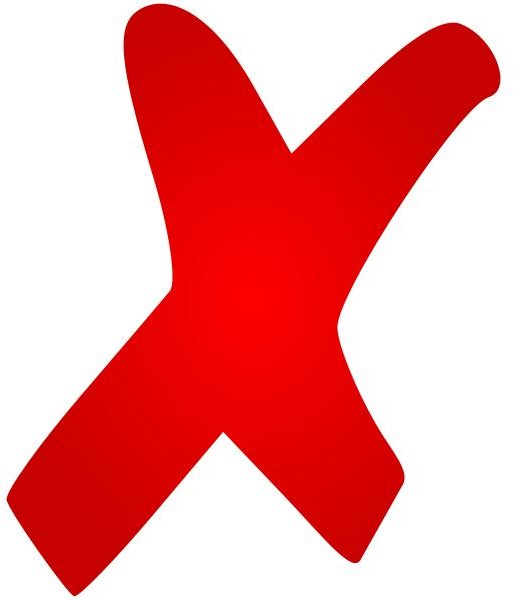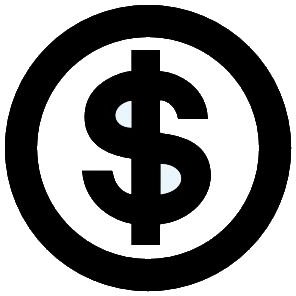A Guide to Balance Sheet Limitations: What Balance Sheets Won't Tell You
What the Balance Sheet Hides
If you don’t understand all the elements of a balance sheet, read my article, An Example of a Basic Balance Sheet. This article provides a great breakdown of a balance sheet and discusses assets, liabilities, owner’s equity, and net profits along with a sample template of a balance sheet.
Although the balance sheet is called a snapshot of a business, it doesn’t reveal everything about a business; that’s not really its purpose. If you were looking to buy an existing business, you wouldn’t want to rely totally on the balance sheet alone. You would need to explore the elements of the balance sheet, or the sources of the numbers on the balance sheet.
Sure the balance sheet contains a company’s assets and liabilities and owner’s equity and even net profits but where do those numbers come from?
Exploring the Numbers on the Balance Sheet
Looking at a balance sheet can give you an idea of how a business is doing financially, but there are balance sheet limitations. Recently, when I purchased a new business, the balance sheet certainly didn’t reveal everything I needed to know.
For example, under the asset side of the balance sheet, a number of $15,000 was listed in account receivables. If I would have assumed by purchasing this business that I would be getting that $15,000 in accounts receivables, I would have assumed incorrectly. In fact, a review of the accounts receivable journal showed me that only $2,000 of that $15,000 was current and the rest of those dollars were over 120 days past due, or basically non-collectible.
When I examined the inventory account on the balance sheet, it showed an inventory of over $100,000, however, it didn’t reveal that of that $100,000, $80,000 was owed to the vendor so I would be assuming that liability. First I investigated the $150,000 listed on the balance sheet in the accounts payable account. Next, I looked at the accounts payable journal to discover the $80,000 still owed to the vendor as provided by journal entry detail.
Journals provide accurate detail for each account listed on the balance sheet. For example, a company may show short-term notes payable on the balance sheet for $50,000. To find out exactly what that $50,000 represents, you need to explore the journal for short-term notes payable. That $50,000 may be owed to one, two or even three different banks or financial institutions.
What About Net Profits on the Balance Sheet?
Net profits can also be over or understated on the balance sheet. How can that be possible if the balance sheet balances you may ask? Net profits are pulled from a company’s income statement in a bulk number format so here again is another balance sheet limitation.
In almost every business, the income statement shows all your profits, less expenses to obtain a true net profit, but what if that income statement is altered? In the chart of accounts, which pulls to the income statement, a company may have an account called miscellaneous or other income. Fictional debits or dollars placed into the other income account help to increase net profits. An offsetting credit can always be placed into another account on the income statement to ensure the balance sheet will balance.
The Importance of Due Diligence

When considering balance sheet limitations, especially if you are considering purchasing an existing business, take the time to do some due diligence. Ask for not just the balance sheet, but also the income statement and all journals and ledgers (with detail). You will want to examine that detail to determine the actual financial status of a company.
If you are unfamiliar with general accounting, balance sheets, income statement, general ledgers or journals, ask an accounting professional for help on determining the financial condition of a business.
This post is part of the series: Understanding Balance Sheets
Learn tips and details related to understanding, creating and reconciling balance sheets. Also, find several examples and free templates you can download for your own personal or business use.
